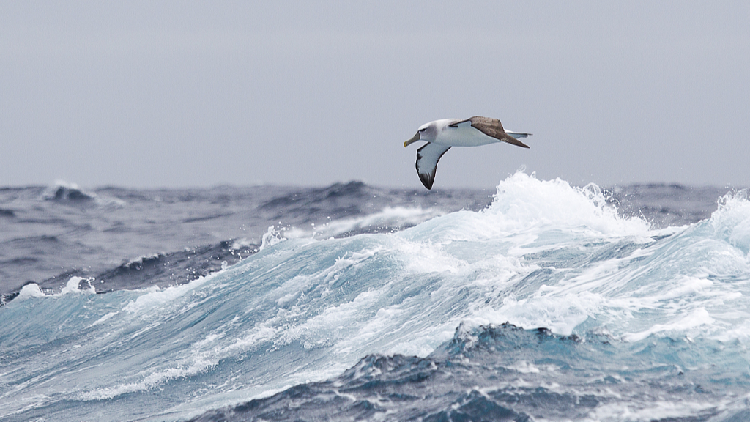UN Report Cautions About Global Risk to Migratory Species
A groundbreaking report released on Monday reveals that global migratory species, ranging from African elephants in pursuit of water, sea-traversing turtles seeking nesting grounds, to albatrosses in their ocean-wide hunt for sustenance, are facing potential threats at an alarming scale worldwide.

As per a recent compelling report, migratory species such as African elephants, sea turtles, and albatrosses are facing threats worldwide. These creatures, accustomed to far-ranging quests for essentials like water, breeding grounds, and food are increasingly confronting global peril.
The inaugural State of the World's Migratory Species assessment explores the wellbeing of the 1,189 species that fall under the purview of the UN Convention on the Conservation of Migratory Species of Wild Animals (CMS). The alarming conclusions reveal that about one in five of these creatures risk extinction, while 44 percent are suffering from diminishing numbers.
Regrettably, human behavior is cited as the main cause of the problem. Actions such as habitat destruction and fragmentation, over-hunting, and contamination of environments with substances like plastics and chemicals, along with excess light and noise are all contributing factors.
Changes in the climate are exacerbating the situation, as they have the potential to disrupt migration patterns and timelines due to transformation of seasonal conditions.
The head of CMS, Amy Fraenkel, remarked on the dire threats facing migration itself, and declared that this report should serve as an urgent warning about the current state of affairs.
Migratory species often depend on very specific areas for feeding and mating, and their trajectories can traverse national boundaries and even continents. Some notable species that undertake incredible global journeys encompass creatures like the monarch butterfly, the humpback whale, and the loggerhead turtle.
The report, asserts Inger Andersen, who is at the helm of the United Nations Environment Programme (UNEP), clearly shows that unsustainable human practices are endangering the future of migratory species.
Making matters worse, agriculture and fishing pose significant risks. Farming activities can result in habitat demolition, and accidental trapping of non-target species, termed "bycatch," in fishing equipment poses a serious ongoing threat to whales, in particular.
Despite habitat destruction being recognized as the main threat to migratory animals, intentional killing is also a considerable risk for some species. Killing is perpetrated for various reasons, from obtaining wild meat or sport, or due to viewing the animals as pests. Fraenkel emphasized the need for immediate action to address these identified issues.
According to the report, prepared by UNEP's World Conservation Monitoring Center, over the previous 30 years, 70 listed species, such as the steppe eagle, Egyptian vulture, and the wild camel, are now in a more critical situation. In contrast, the status of just 14 species, including the blue and humpback whales and the white-tailed sea eagle, has shown improvement.
Nearly 40 percent of the 158 mammals listed under the convention are globally at risk, the report found. Worrying figures also highlight that 97 percent out of the listed 58 fish species, including migratory sharks, rays, and sturgeons, are facing a high extinction risk.
Over 960 bird species have been listed by CMS, and while only 14 percent were currently classified as threatened, the report authors emphasized that this still represents around 134 species. The report also disclosed that 399 migratory species not yet CMS-listed, like albatrosses, ground sharks, and stingrays, are deemed threatened or nearing that status.
In a bid to spotlight the species in the most danger, the report focuses on threats from activities like fishing, farming, and pollution. It echoes the sentiments of a 2022 prime biodiversity agreement, in which nations pledged to protect 30 percent of the earth's land and sea by 2030.
Many CMS-listed migratory species have significant economic or service value to humans, from ecotourism based on entities like whales, dolphins, elephants, and cheetahs to the essential pollination performed by birds and bats. Fraenkel commended these species for the broader roles they serve, noting that they act as connective threads among global communities, signaling the change of seasons with their migrations, and adding, "they are really magnificent creatures."
(Cover image via CFP)
Lucas Dupont
Discover more Science and Technology news updates in TROIB Sci-Tech












